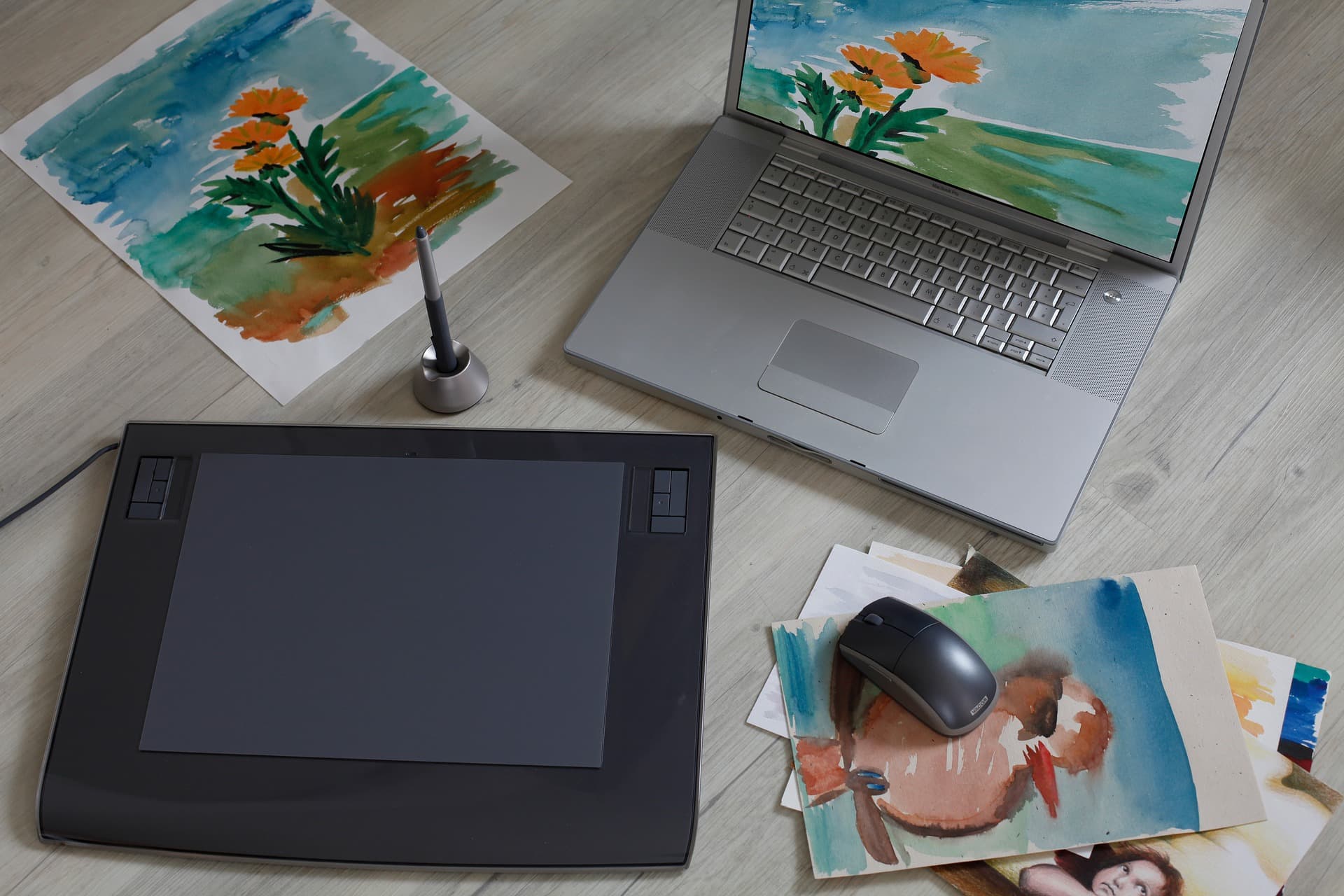The Best Drawing Softwares
Modernization has created diversity in how artists and designers wish to express their ideas and concepts. The phenomenon has contributed to the growing diverse drawing software available for users. However, the wide number of drawing software available in the market creates a challenge for users to choose which tool best fits their needs. The article provides a detailed description of the features, cons, and pros of the top drawing software usable by designers and drawers. Adobe Photoshop CC and CorelDRAW are popular drawing software that has been widely used in the market. However, Affinity Designer and DrawPlus are upcoming drawing software addressing the specificity challenges of Adobe Photoshop CC and CorelDRAW.
- Adobe Photoshop CC
Adobe Photoshop CC is among the best drawing software available for users. Adobe Photoshop CC allows people to create 3D ideas, illustrations, and photography work. The tool can be applied in various fields such as architecture, art, film, and others.
Features
- Adobe Photoshop CC is highly versatile, allowing users to design ideas like posters, logos, and others for websites, applications, and other platforms.
- Adobe Photoshop CC can restore old pictures or transform images to better express a user’s message as drawing software.
- Adobe Photoshop CC has different tools for people to use, like paintbrushes, crop, color density changes, etc.
Pros
- Adobe Photoshop CC contains many drawing tools that create unique designs for the user.
- The tool can work with different image formats expanding a drawer’s capabilities.
- Adobe Photoshop CC integrates social media platforms allowing artists to share their work online easily.
- The drawing software contains numerous templates that newbies can use to create quality designs.
Cons
- At US $19.99 per month, Adobe Photoshop CC can be expensive for some users.
- The drawing software’s interface can be complex for new users forcing them to seek training.
- Adobe Photoshop CC comes with various beta versions that are unstable and reduce people’s productivity.
- The tool is heavy, consuming a significant amount of computer hard disk and RAM space.
- CorelDRAW
CorelDRAW was developed for graphical designing and is also a key drawing software in the market. The tool contains various customizable features that users can exploit in drawing their ideas.
Features
- CorelDRAW supports vector illustration enabling people to develop complex drawing designs.
- Users with stylus pens and wheel devices will find CorelDRAW easy to use as it allows such devices to be integrated.
- The drawing software contains various royalty-free templates like fonts to enhance one’s artwork affordably.
- CorelDRAW allows for color consistency in various media formats like pdf, png, jpg, and others.
Pros
- CorelDRAW is easy to learn with its friendlier user interface and tutorials.
- The drawing software increases one’s creativity and control through its many customizable features.
- CorelDRAW allows users to trace and integrate other image designs into their artwork easily.
- The tool was limited to Windows computers, but after 2019, it is now available on Mac platforms.
Cons
- CorelDRAW’s color print preview is inaccurate compared to Adobe’s illustrators creating a gap between design and print.
- Transferability is a critical issue of CorelDRAW in an era where users shift their works from one software to another.
- CorelDRAW fails to effectively encode real-world images or films, limiting a user’s output capabilities.
- The drawing software takes up a large hard disk and RAM space, reducing a computer’s overall performance.
- Affinity Designer
Affinity Designer is another essential graphic designer tool that simplifies workflow for its users. The drawing software was developed to address technical issues related to other tools. Affinity Designer increases the speed and live aspect of their user’s artwork development process.
Features
- Amazingly Affinity Designer allows people to zoom in to a crazy 1,000,000%.
- The tool can shift from vector and raster workspaces seamlessly.
- Affinity Designer has a core engine that can handle various documents expanding its usability features.
- The drawing software allows users to customize their tools to increase its customer-centered approaches.
Pros
- Affinity Designer is highly simplified in its user interface and technical structure, making it simple for users and their computers.
- Designers working on highly detailed images can use its zooming feature to create meticulous artworks.
- Affinity Designer’s versatile grid system allows users to control layouts, angles, subdivisions, spacing, and gutter processes.
- The drawing software increases a designer’s alignment and measurement accuracy with its interface dynamic guides.
- Users can use Affinity Designer on different devices without experiencing any changes in the drawings’ dimensions or quality.
- Affinity Designer is easily usable by amateur designers and learnable as the platform consists of simple tools and relevant tutorial instructions.
Cons
- Compared to other drawing software, Affinity Designer has a low number of assets and resources that users can use as templates.
- Affinity Designer offers fewer tools for more complex designers compared to other drawing software.
- The high specificity of Affinity Designer makes it disadvantageous for designers developing diverse kinds of ideas or art.
- DrawPlus
DrawPlus went a step further to create a drawing software that is simpler in its usability and programming. The tool handles both print and online designs with customization capabilities.
Features
- DrawPlus can hold vector-based editing capabilities all along the design.
- The drawing software enables users to paint in different media like oil and watercolor with its various paintbrushes.
- Customization is possible with DrawPlus, where users can design their specific paintbrushes.
- DrawPlus includes a tutorial guide on the interface where people can seek guidance quickly.
Pros
- Customization of tools is a significant advantage of the DrawPlus program, where users can specify their curves like straight or curved.
- DrawPlus enables users to select specific color tones, styles, and textures for their images.
- Compared to Adobe, DrawPlus X8 is relatively cheap, going for a one-time purchase price of US $24.99.
- The drawing software is lighter and uses less processor, RAM, or hard disk computer resources.
- DrawPlus is easy to use and learn by amateur designers because of its simplistic design and accessible tutorials.
Cons
- The cutout studio tool of DrawPlus is great for cropping images, but it reduces the quality of the picture.
- The interface is simple but is presented in an outdated format.
- Modern designers often shift their collections from one platform to another DrawPlus presents issues while moving files to Adobe.
- Advanced designers that generate different kinds of artistic media may find DrawPlus.
Adobe Photoshop CC and CorelDRAW are essential drawing software that serves many advanced designers and artists. Yet, Adobe Photoshop CC and CorelDRAW are expensive, generalized, and technical options that best suites advanced graphic designers. Affinity Designer and DrawPlus are also excellent drawing software for users seeking lighter, customizable, specific, and cheaper alternatives. However, affinity Designer and DrawPlus customizability and specificity limit their technical usability and are unfavorable for newbies.





